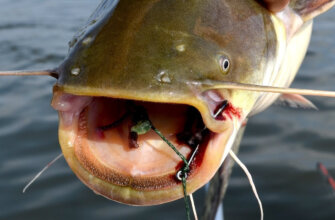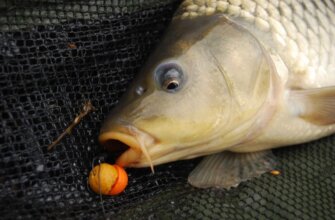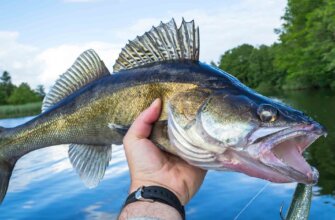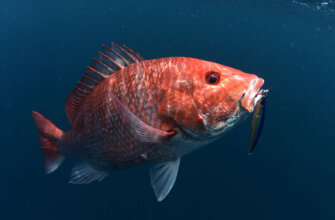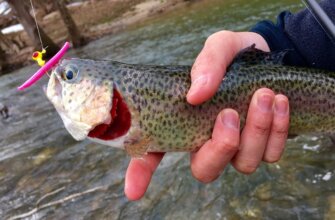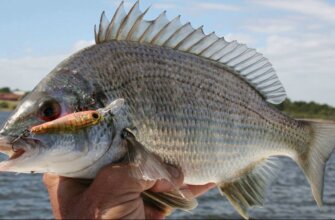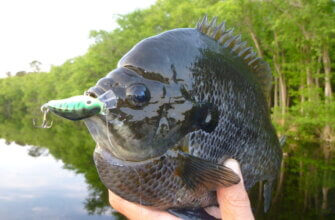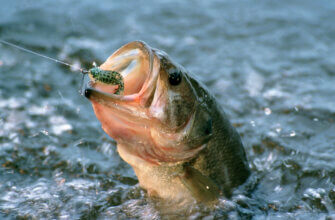Crappie fishing is a popular recreational activity enjoyed by many anglers. Crappie are a type of panfish found in freshwater lakes, rivers, and reservoirs throughout North America. They are known for their tasty white meat and their willingness to bite, making them a favorite target for fishermen.
10 best bait for crappie
When it comes to crappie fishing, there are several effective baits that can help you catch these popular game fish.
Here are 10 of the best baits for crappie:
- Minnows. Live minnows are perhaps the most popular and effective bait for crappie. Hook them through the lips or behind the dorsal fin and let them swim freely.
- Jigs: Jigs are versatile and come in various colors and sizes. Opt for smaller jigs, typically 1/32 to 1/8 ounces, and experiment with different colors to find what works best in your fishing spot.
- Tube baits. Tube baits imitate small baitfish or insect larvae and are great for crappie fishing. Use lighter jig heads to create a slow and natural fall.
- Crankbaits. Crankbaits that resemble small minnows or shad can be effective, especially when crappie are active and feeding near the surface or in shallow water.
- Grubs. Grubs are soft plastic baits that mimic small baitfish or insects. They can be rigged on a jig head and work well for crappie fishing, especially in clear water.
- Spinners. Small inline spinners with a shiny blade can attract crappie and trigger strikes. Retrieve them at a slow to moderate speed to entice the fish.
- Marabou jigs. These jigs have a marabou feather skirt that creates a lifelike action in the water. They are effective for crappie, particularly in colder water or during a slow bite.
- Soft plastic swimbaits. Swimbaits with a paddle tail or other swimming action can be effective for crappie. Choose smaller sizes and natural colors for best results.
- Waxworms. Waxworms are small, soft-bodied insect larvae that crappie find irresistible. Use them on small hooks or tip jigs with waxworms to enhance their appeal.
- Nymph flies. Fly fishing for crappie can be a lot of fun, and nymph flies imitating small aquatic insects can be effective. Use a floating or sinking line, depending on the water depth.
Minnows
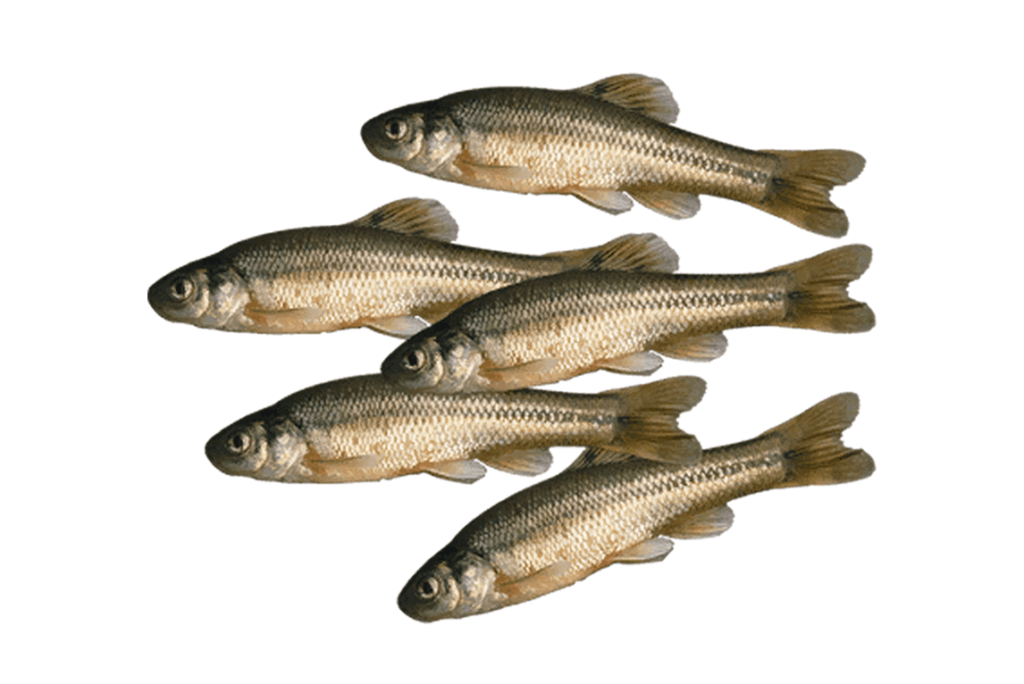
Minnows are a highly effective live bait choice for targeting crappie. These small baitfish closely resemble the natural prey of crappie and can entice them to bite.
When using minnows for crappie fishing, it’s important to choose lively and healthy minnows of an appropriate size for the crappie you are targeting. Hook the minnow through the lips or just behind the dorsal fin with a small-sized hook or jighead. Cast the minnow near likely crappie holding areas such as submerged structures, brush piles, weed beds, or drop-offs. Allow the minnow to swim naturally or use a slow and subtle retrieve to imitate injured or disoriented prey. Crappie often strike minnows with a subtle bite, so it’s important to maintain sensitivity and feel for any bites or changes in resistance. Light to ultra-light fishing setups with sensitive rods and light lines are suitable for fishing with minnows. Monofilament or fluorocarbon lines are commonly used for their low visibility in the water.
Experiment with different depths, presentations, and locations to find the most effective approach for the crappie in your fishing area. Minnows can be effective year-round for crappie, but they are particularly productive during the spring and fall when crappie are actively feeding and preparing for spawning. Remember to adjust your bait selection and presentation based on the behavior and preferences of the crappie in your fishing area.
Jigs
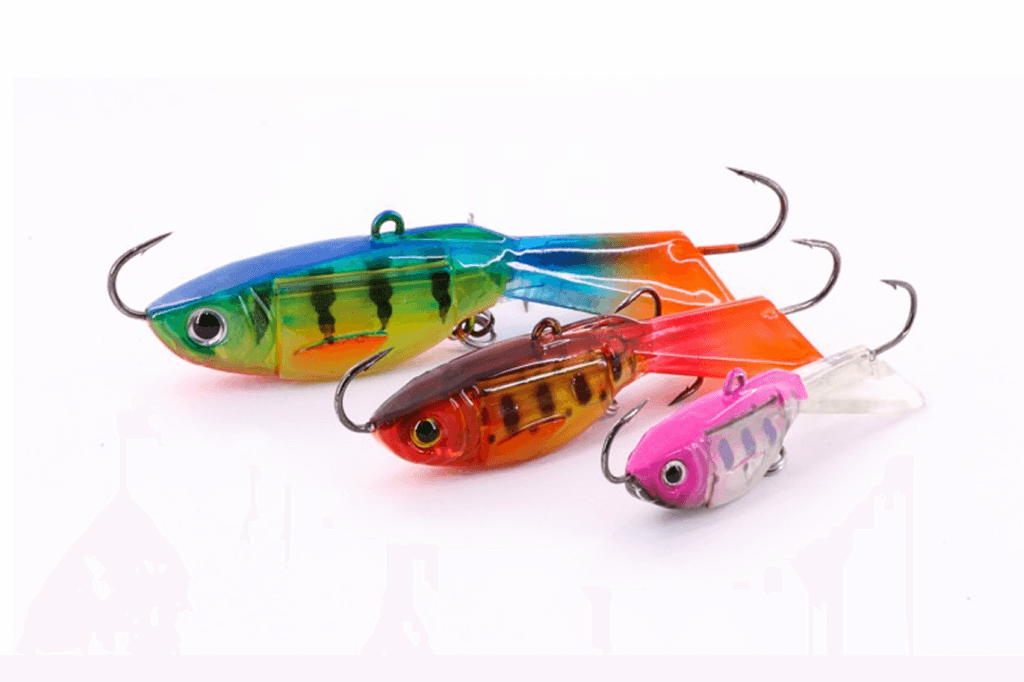
Jigs are one of the most popular and versatile lures for targeting crappie. These lures consist of a weighted head and a soft plastic body that imitates the appearance of small baitfish or insects.
When using jigs for crappie fishing, it’s important to choose a jig color and size that closely matches the natural prey in the water you’re fishing. Jigs come in a variety of colors, such as white, chartreuse, pink, or black, and can be adorned with feathers or other attractive features. Cast the jig near likely crappie holding areas such as submerged structures, brush piles, weed beds, or drop-offs. Retrieve the jig with a slow and subtle motion, allowing it to mimic the movement of injured or disoriented prey. Crappie often strike jigs with a subtle bite, so it’s important to maintain sensitivity and feel for any bites or changes in resistance. Light to ultra-light fishing setups with sensitive rods and light lines are suitable for fishing with jigs. Monofilament or fluorocarbon lines are commonly used for their low visibility in the water.
Experiment with different jig colors, sizes, and retrieval techniques to find the most effective approach for the crappie in your fishing area. Vary your retrieval speed, depth, and jigging motion to entice crappie into biting. Jigs can be effective year-round for crappie, but they are particularly productive during the spring and fall when crappie are actively feeding and preparing for spawning. Remember to adjust your lure selection and presentation based on the behavior and preferences of the crappie in your fishing area.
Tube baits
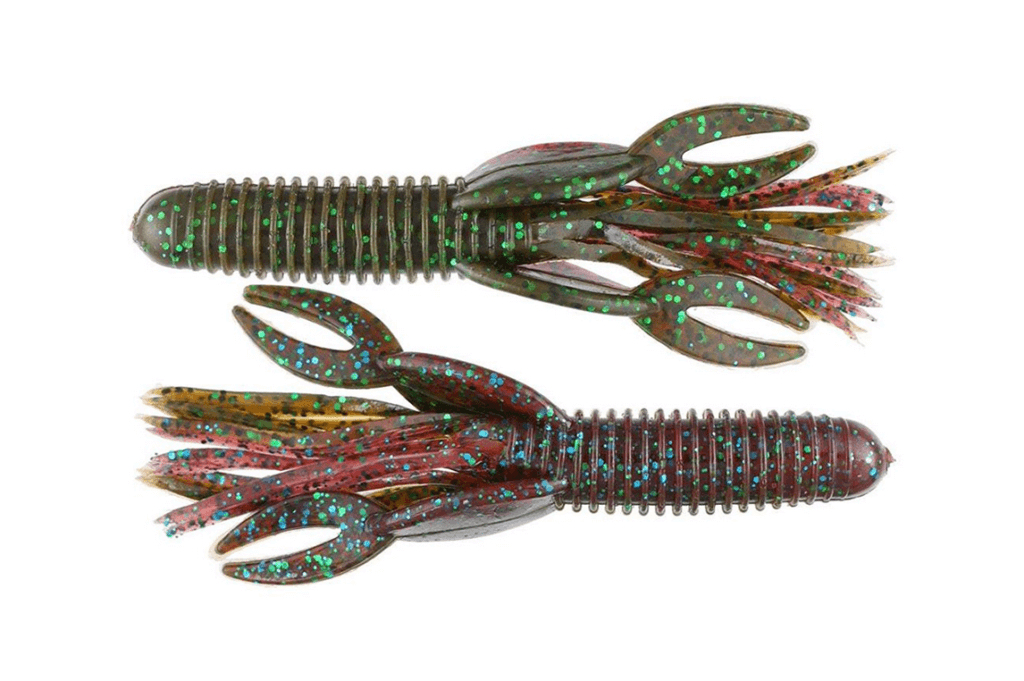
Tube baits are a popular and effective choice for targeting crappie. These soft plastic baits have a hollow tube-like body with tentacles or appendages that mimic the appearance and movement of small baitfish or insects.
When using tube baits for crappie fishing, it’s important to choose a tube color and size that closely matches the natural prey in the water you’re fishing. Tube baits come in a variety of colors, such as white, chartreuse, pink, or black, and can be adorned with flakes or scents to enhance their appeal. Rig the tube bait on a small jighead or insert a weighted internal jighead into the hollow body. Cast the tube near likely crappie holding areas such as submerged structures, brush piles, weed beds, or drop-offs. Retrieve the tube with a slow and subtle motion, allowing the tentacles or appendages to undulate and create a lifelike swimming action. Crappie often strike tube baits with a subtle bite, so it’s important to maintain sensitivity and feel for any bites or changes in resistance. Light to ultra-light fishing setups with sensitive rods and light lines are suitable for fishing with tube baits. Monofilament or fluorocarbon lines are commonly used for their low visibility in the water.
Experiment with different tube colors, sizes, and retrieval techniques to find the most effective approach for the crappie in your fishing area. Vary your retrieval speed, depth, and jigging motion to entice crappie into biting. Tube baits can be effective year-round for crappie, but they are particularly productive during the spring and fall when crappie are actively feeding and preparing for spawning. Remember to adjust your lure selection and presentation based on the behavior and preferences of the crappie in your fishing area.
Crankbaits
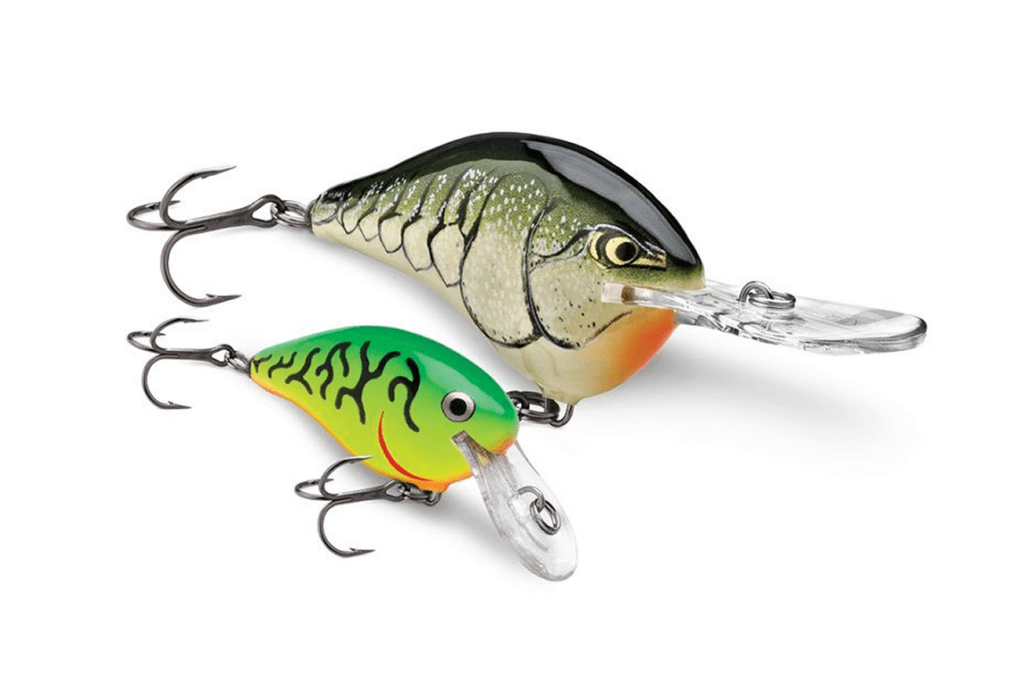
Crankbaits are a versatile and effective lure choice for targeting crappie. These lures typically feature a hard plastic body with a diving lip that allows them to dive and swim at specific depths.
When using crankbaits for crappie fishing, it’s important to choose crankbaits that closely match the size and color of the natural prey in the water you’re fishing. Crankbaits come in a variety of colors and patterns, such as shad or minnow imitations, and can be designed to dive to different depths. Cast the crankbait near likely crappie holding areas such as submerged structures, brush piles, weed beds, or drop-offs. Retrieve the crankbait with a steady and moderate retrieve, allowing it to swim through the water column at the desired depth. Crappie are known to strike crankbaits aggressively, so be prepared for more pronounced strikes. Light to medium-light fishing setups with sensitive rods and light lines are suitable for fishing with crankbaits. Monofilament or fluorocarbon lines are commonly used for their low visibility in the water.
Experiment with different crankbait colors, sizes, and retrieval speeds to find the most effective approach for the crappie in your fishing area. Vary your retrieve speed and depth to entice crappie into biting. Crankbaits can be effective year-round for crappie, but they are particularly productive during the spring and fall when crappie are actively feeding and preparing for spawning. Remember to adjust your lure selection and presentation based on the behavior and preferences of the crappie in your fishing area.
Grubs
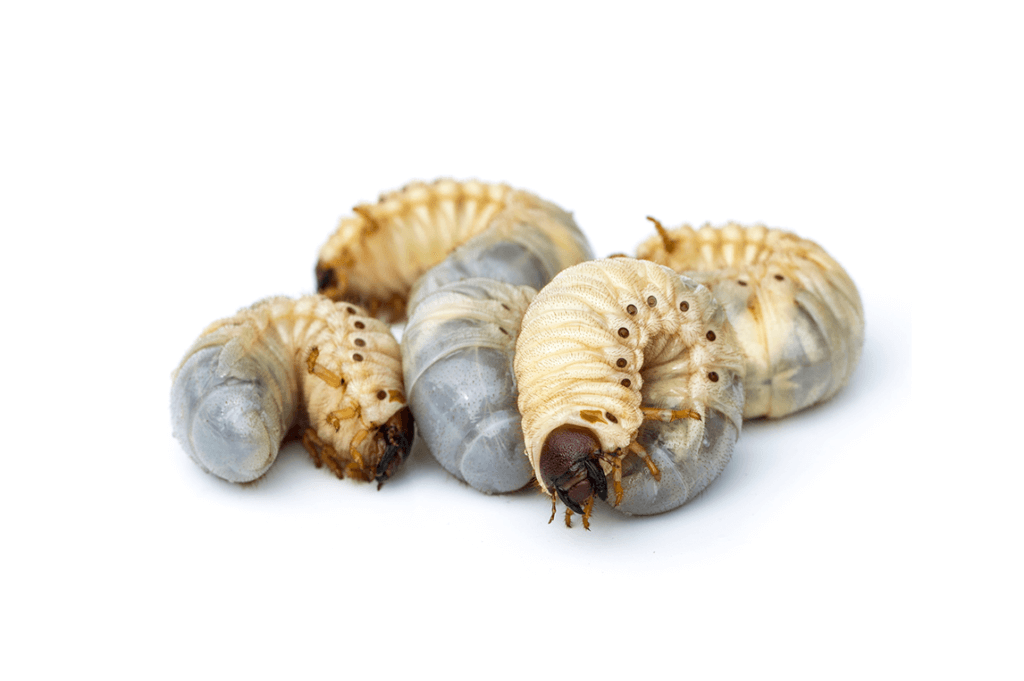
Grubs are a popular and effective soft plastic bait choice for targeting crappie. These small, worm-like baits typically have a slim body and a tapered tail that produces subtle vibrations in the water.
When using grubs for crappie fishing, it’s important to choose grubs in colors that closely resemble the natural prey in the water you’re fishing. Grubs come in a variety of colors, such as white, chartreuse, pink, or black, and can be adorned with flakes or scents to enhance their appeal. Rig the grub on a small jighead or use it as a trailer on a spinnerbait or jig. Cast the grub near likely crappie holding areas such as submerged structures, brush piles, weed beds, or drop-offs. Retrieve the grub with a slow and subtle motion, allowing the tail to provide enticing swimming action. Crappie often strike grubs with a subtle bite, so it’s important to maintain sensitivity and feel for any bites or changes in resistance. Light to ultra-light fishing setups with sensitive rods and light lines are suitable for fishing with grubs. Monofilament or fluorocarbon lines are commonly used for their low visibility in the water.
Experiment with different grub colors, sizes, and retrieval techniques to find the most effective approach for the crappie in your fishing area. Vary your retrieve speed, depth, and jigging motion to entice crappie into biting. Grubs can be effective year-round for crappie, but they are particularly productive during the spring and fall when crappie are actively feeding and preparing for spawning. Remember to adjust your bait selection and presentation based on the behavior and preferences of the crappie in your fishing area.
Spinners
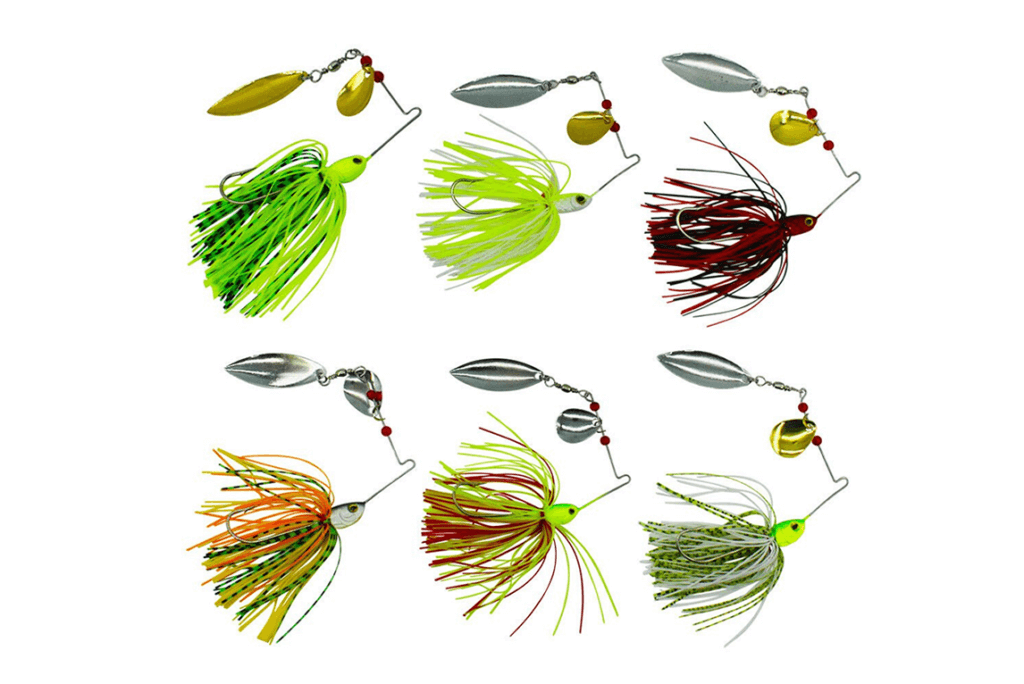
Spinners are effective lures for targeting crappie. These lures consist of a spinning blade or blades attached to a wire shaft, with a hook at the end.
When using spinners for crappie fishing, it’s important to choose spinners in sizes and colors that closely resemble the natural prey in the water you’re fishing. Spinners come in various blade shapes, such as Colorado or Indiana blades, and in colors like silver, gold, or brightly colored patterns. Cast the spinner near likely crappie holding areas such as submerged structures, brush piles, weed beds, or drop-offs. Retrieve the spinner with a steady and moderate retrieve, allowing the blade(s) to spin and create flash and vibration in the water. The enticing action and flash of the spinner can attract crappie and trigger strikes. Light to medium-light fishing setups with sensitive rods and light lines are suitable for fishing with spinners. Monofilament or fluorocarbon lines are commonly used for their low visibility in the water.
Experiment with different spinner sizes, blade shapes, and retrieval speeds to find the most effective approach for the crappie in your fishing area. Vary your retrieve speed, depth, and presentation to entice crappie into biting. Spinners can be effective year-round for crappie, but they are particularly productive during the spring and fall when crappie are actively feeding and preparing for spawning. Remember to adjust your lure selection and presentation based on the behavior and preferences of the crappie in your fishing area.
Marabou jigs
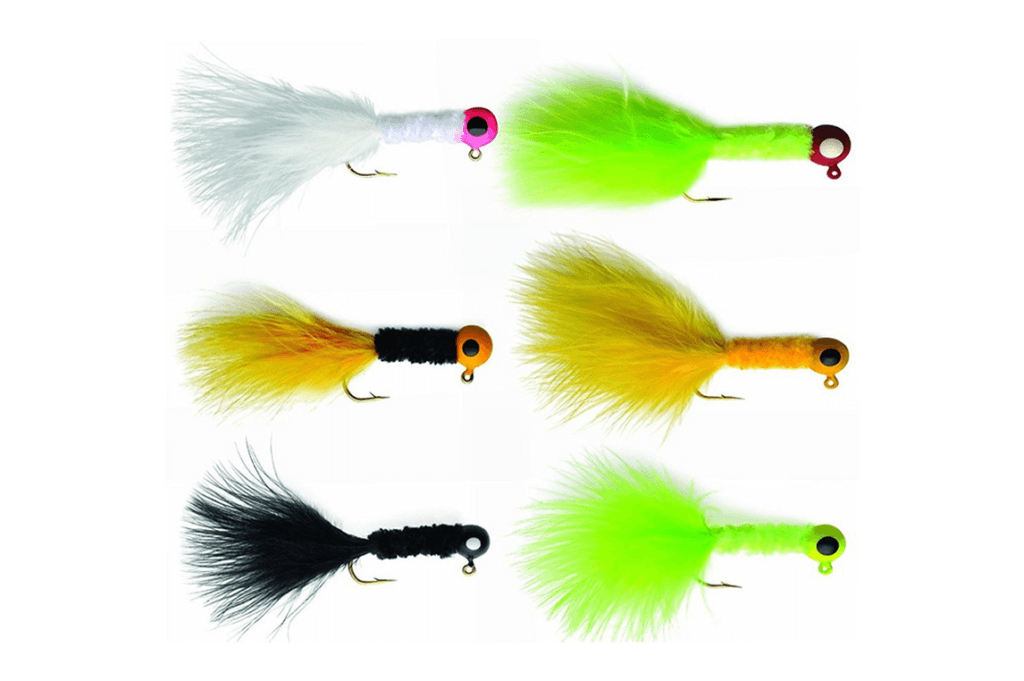
Marabou jigs are a popular and effective bait choice for targeting crappie. These jigs are made with a marabou feather body that creates a lifelike and enticing movement in the water.
When using marabou jigs for crappie fishing, it’s important to choose jigs in sizes and colors that closely resemble the natural prey in the water you’re fishing. Marabou jigs come in a variety of colors, such as white, chartreuse, pink, or black, and can be adorned with additional attractants like beads or flash materials. Cast the marabou jig near likely crappie holding areas such as submerged structures, brush piles, weed beds, or drop-offs. Retrieve the jig with a slow and subtle motion, allowing the marabou feathers to flutter and undulate in the water, mimicking the movement of small baitfish or insects. Crappie often strike marabou jigs with a subtle bite, so it’s important to maintain sensitivity and feel for any bites or changes in resistance. Light to ultra-light fishing setups with sensitive rods and light lines are suitable for fishing with marabou jigs. Monofilament or fluorocarbon lines are commonly used for their low visibility in the water.
Experiment with different marabou jig colors, sizes, and retrieval techniques to find the most effective approach for the crappie in your fishing area. Vary your retrieve speed, depth, and jigging motion to entice crappie into biting. Marabou jigs can be effective year-round for crappie, but they are particularly productive during the spring and fall when crappie are actively feeding and preparing for spawning. Remember to adjust your bait selection and presentation based on the behavior and preferences of the crappie in your fishing area.
Soft plastic swimbaits
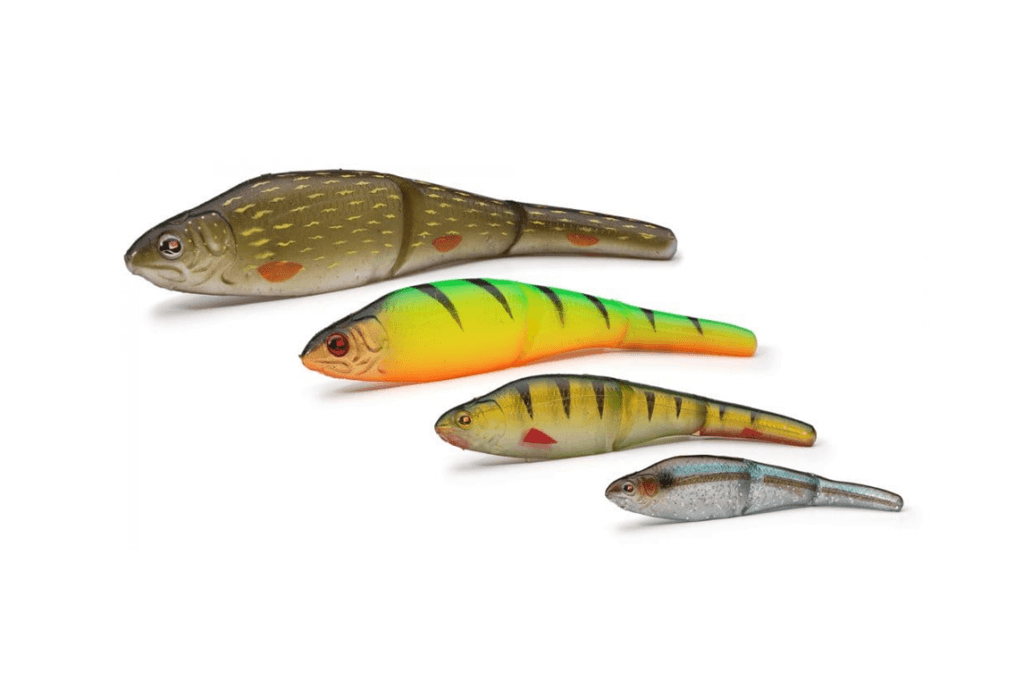
Soft plastic swimbaits are a versatile and effective bait choice for targeting crappie. These lures typically have a realistic fish-like body shape and a paddle tail or swimming tail design that imparts lifelike swimming action in the water.
When using soft plastic swimbaits for crappie fishing, it’s important to choose swimbaits in sizes and colors that closely resemble the natural prey in the water you’re fishing. Swimbaits come in various sizes and colors, such as shad or minnow imitations, and can be adorned with additional attractants like scent or glitter. Rig the swimbait on a jighead or use it as a trailer on a spinnerbait or underspin. Cast the swimbait near likely crappie holding areas such as submerged structures, brush piles, weed beds, or drop-offs. Retrieve the swimbait with a steady and moderate retrieve, allowing the tail to create a realistic swimming motion. The lifelike action of the swimbait can entice crappie to strike. Light to medium-light fishing setups with sensitive rods and light lines are suitable for fishing with soft plastic swimbaits. Monofilament or fluorocarbon lines are commonly used for their low visibility in the water.
Experiment with different swimbait sizes, colors, and retrieval speeds to find the most effective approach for the crappie in your fishing area. Vary your retrieve speed, depth, and presentation to entice crappie into biting. Soft plastic swimbaits can be effective year-round for crappie, but they are particularly productive during the spring and fall when crappie are actively feeding and preparing for spawning. Remember to adjust your lure selection and presentation based on the behavior and preferences of the crappie in your fishing area.
Waxworms
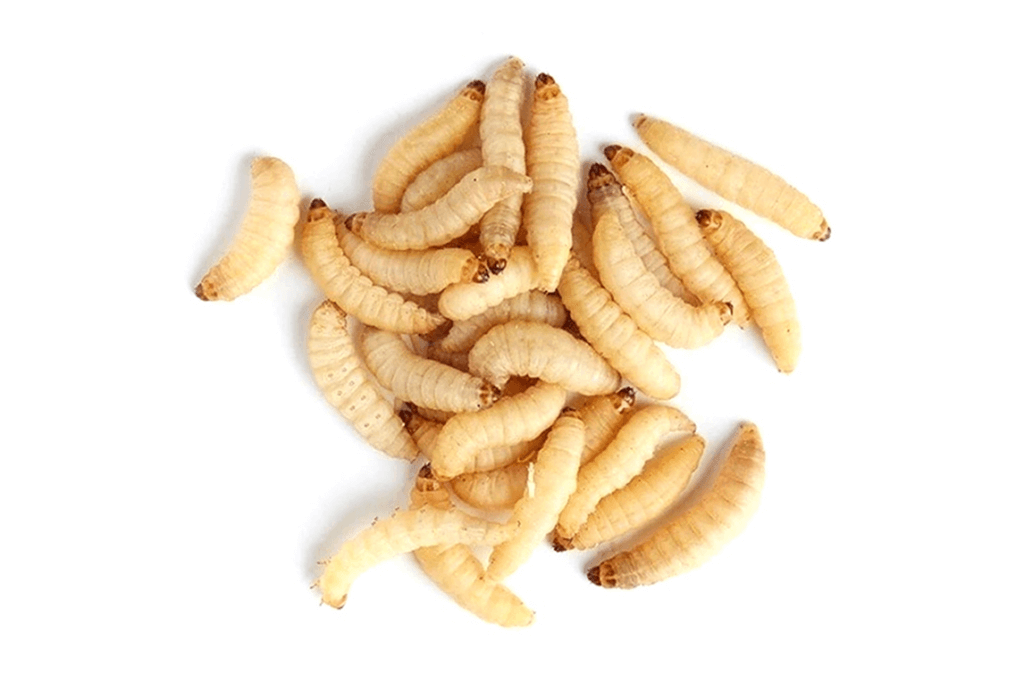
Waxworms are a popular live bait choice for targeting crappie. These small larvae of the wax moth are typically creamy-white in color and have a soft, pliable texture.
When using waxworms for crappie fishing, it’s important to present them in a way that mimics natural prey. Rig a waxworm on a small hook, such as a size 8 or 10, using a split shot or a small bobber to suspend the bait at the desired depth. Cast the waxworm near likely crappie holding areas such as submerged structures, brush piles, weed beds, or drop-offs. Allow the waxworm to sink or swim naturally in the water, and pay attention to any subtle nibbles or changes in tension on the line. Crappie often take waxworms with a gentle bite, so it’s important to stay attentive and be ready to set the hook. Light to ultra-light fishing setups with sensitive rods and light lines are suitable for fishing with waxworms. Monofilament or fluorocarbon lines are commonly used for their low visibility in the water.
Experiment with different depths and presentations to find the most effective approach for the crappie in your fishing area. Waxworms can be effective year-round for crappie, but they are particularly productive during periods of slower activity when crappie are more likely to be enticed by live bait. Remember to adjust your bait presentation based on the behavior and preferences of the crappie in your fishing area.
Nymph flies
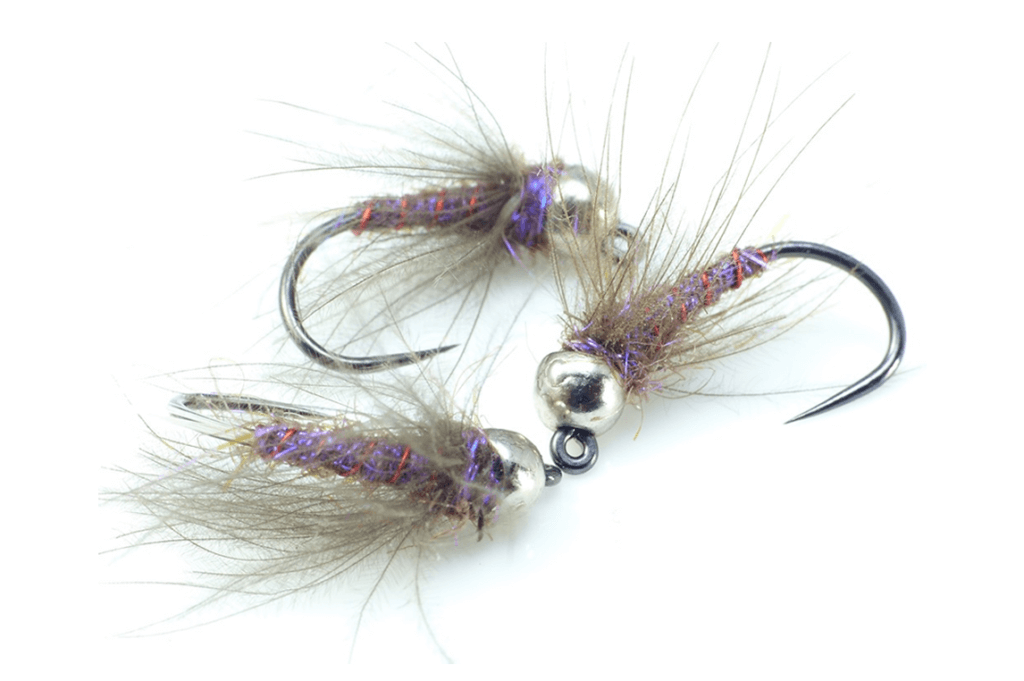
Nymph flies are a versatile and effective artificial bait choice for targeting crappie. These flies are designed to imitate aquatic insects in their larval or nymph stage, which are a common food source for crappie.
When using nymph flies for crappie fishing, it’s important to choose flies that closely resemble the natural insect species found in the water you’re fishing. Nymph flies come in a variety of colors and sizes, imitating insects such as mayflies, caddisflies, or midges. Cast the nymph fly near likely crappie holding areas such as submerged structures, weed beds, or drop-offs. Retrieve the fly with a slow and subtle motion, mimicking the natural movement of an insect larva or nymph. Crappie are known to feed near the bottom, so consider using a sinking line or adding a small split shot to help the fly reach the desired depth. Light to medium-light fishing setups with fly rods and appropriate fly lines are suitable for fishing with nymph flies. Fluorocarbon leaders or tippet material are commonly used for their low visibility in the water.
Experiment with different nymph fly patterns, sizes, and retrieval techniques to find the most effective approach for the crappie in your fishing area. Vary your retrieve speed, depth, and presentation to entice crappie into biting. Nymph flies can be effective year-round for crappie, but they are particularly productive during periods of insect activity and when crappie are actively feeding near the bottom. Remember to adjust your fly selection and presentation based on the behavior and preferences of the crappie in your fishing area.

